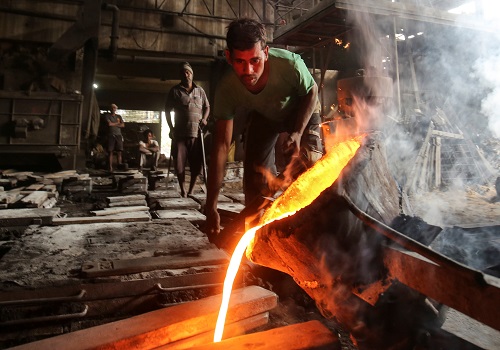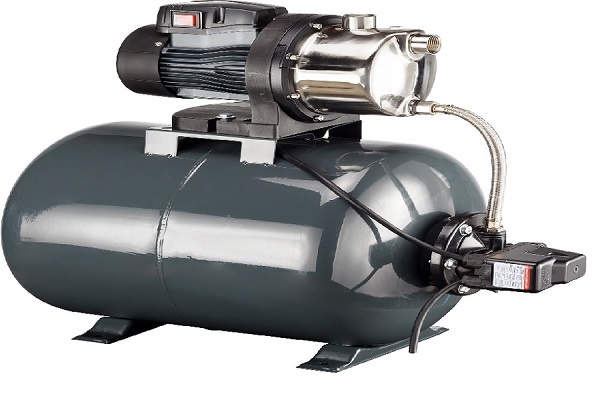Pre-Budget Expectations 2025: Driving Growth in the Manufacturing Sector

As the Union Budget 2025 approaches, the manufacturing sector, a cornerstone of India’s economic growth, is brimming with optimism. With the government’s focus on “Make in India” and “Atmanirbhar Bharat” (self-reliant India), industry stakeholders are hopeful for strategic interventions and reforms to further boost the sector’s growth trajectory.
Enhancing Ease of Doing Business
The manufacturing sector anticipates policy measures to streamline regulatory frameworks and reduce compliance burdens. Simplified processes for obtaining licenses, faster clearances, and unified platforms for tax and compliance reporting could significantly improve the ease of doing business. Such steps would attract domestic and foreign investments, driving the sector’s growth.
Incentives for Green Manufacturing
Sustainability is becoming a priority for global industries, and India is no exception. The sector expects budget allocations for promoting green manufacturing practices, such as subsidies or tax breaks for adopting energy-efficient technologies, renewable energy, and waste management systems. These measures would align with global sustainability goals while enhancing the competitiveness of Indian manufacturers.
Focus on MSMEs
Micro, Small, and Medium Enterprises (MSMEs) are the backbone of India’s manufacturing landscape. The industry anticipates targeted support for MSMEs in the form of increased credit flow, lower interest rates, and relaxed collateral requirements. Additionally, initiatives to promote skill development and technological upgradation in MSMEs could enhance productivity and innovation.
Boosting Infrastructure Development
Infrastructure development is critical for the manufacturing sector’s growth. The budget is expected to emphasize investments in logistics, transportation, and power infrastructure. Developing industrial corridors, modernizing ports, and ensuring reliable power supply would reduce production and transportation costs, making Indian products more competitive in global markets.
Strengthening Export Competitiveness
To enhance India’s position in global trade, the sector looks forward to export-focused incentives. Measures such as increased support under the Production-Linked Incentive (PLI) schemes, lower customs duties on raw materials, and financial assistance for exporters could drive export growth. Simplifying export procedures and promoting free trade agreements (FTAs) with key markets would further boost the sector’s competitiveness.
Accelerating Digital Transformation
With Industry 4.0 revolutionizing manufacturing, the budget could introduce initiatives to foster digital transformation. Subsidies or tax incentives for adopting advanced technologies like artificial intelligence, robotics, and the Internet of Things (IoT) could enhance efficiency and productivity. Establishing technology parks and innovation hubs would support research and development in advanced manufacturing.
Incentivizing Domestic Manufacturing
To reduce dependency on imports and promote self-reliance, the sector anticipates increased incentives for domestic manufacturing. Policies encouraging local sourcing, reduced GST rates on key manufacturing inputs, and support for building robust supply chains could stimulate domestic production and create jobs.
Supporting Renewable Energy Integration
Manufacturers are increasingly adopting renewable energy solutions to cut costs and meet sustainability goals. The budget could support this shift by offering incentives for installing solar panels, wind turbines, and other renewable energy systems. This would not only reduce operational costs but also help the sector align with India’s renewable energy targets.
Conclusion
The Union Budget 2025 presents an opportunity to energize India’s manufacturing sector and establish it as a global powerhouse. By addressing infrastructure gaps, promoting sustainability, supporting MSMEs, and incentivizing innovation, the government can unlock the sector’s potential to drive economic growth and job creation. With strategic interventions, the manufacturing sector can play a pivotal role in realizing India’s vision of becoming a $5 trillion economy.





















